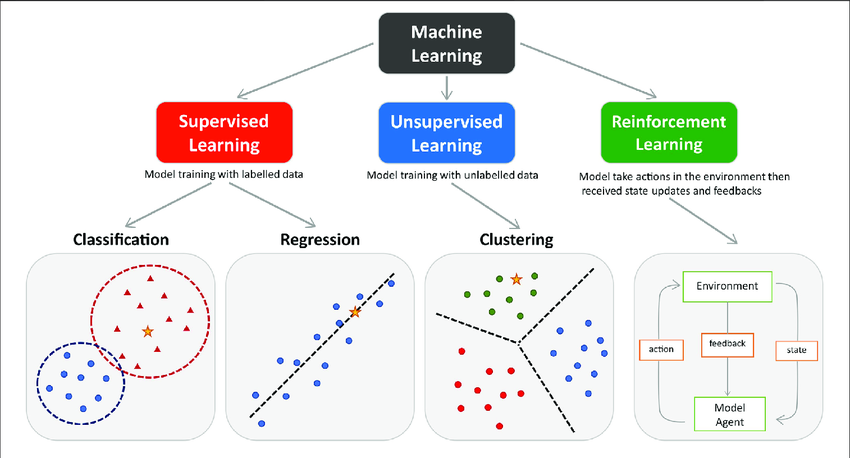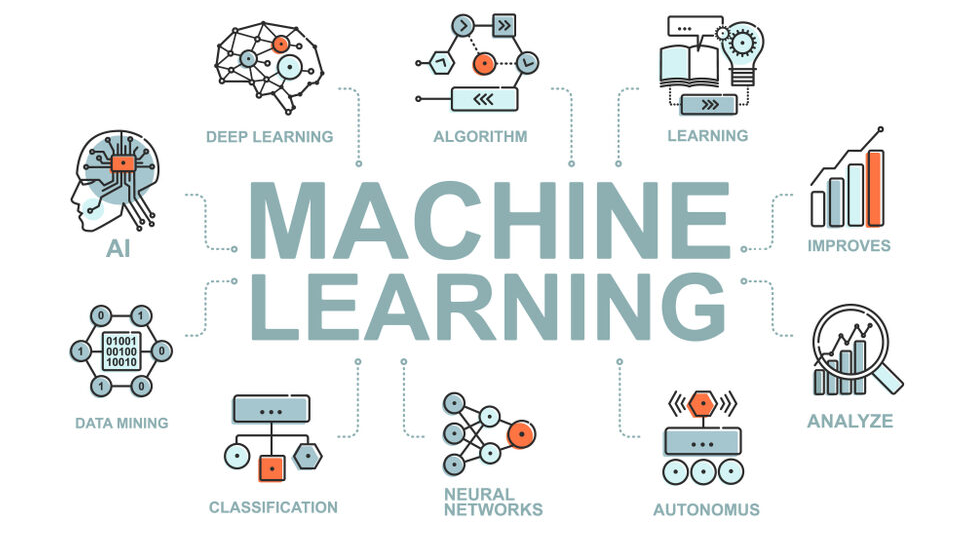
Machine learning is a branch of artificial intelligence (AI) and computer science which focuses on the use of data and algorithms to imitate the way that humans learn, gradually improving its accuracy.
Machine learning, a subset of artificial intelligence (AI) and computer science, revolves around the utilization of data and algorithms to simulate the learning process observed in humans, with a continuous aim of refining and enhancing its accuracy over time. This dynamic field encompasses a diverse array of methodologies, ranging from supervised and unsupervised learning to reinforcement learning, each tailored to different types of tasks and objectives.
At its core, machine learning operates by extracting patterns and insights from vast datasets, enabling systems to recognize complex relationships and make informed predictions or decisions autonomously. Through iterative processes of training and evaluation, machine learning algorithms refine their performance by iteratively adjusting their parameters in response to observed data, ultimately achieving higher levels of accuracy and reliability.

Machine learning is an important component of the growing field of data science. Through the use of statistical methods, algorithms are trained to make classifications or predictions, and to uncover key insights in data mining projects. These insights subsequently drive decision making within applications and businesses, ideally impacting key growth metrics. As big data continues to expand and grow, the market demand for data scientists will increase. They will be required to help identify the most relevant business questions and the data to answer them.
Machine learning, situated within the expansive domain of artificial intelligence (AI) and computer science, represents a multifaceted discipline focused on leveraging data and sophisticated algorithms to emulate the learning capabilities inherent in human cognition. This intricate field encompasses a rich tapestry of methodologies and techniques, each meticulously designed to facilitate the gradual refinement and enhancement of system performance.
At its essence, machine learning endeavors to imbue computational systems with the ability to autonomously extract meaningful patterns and insights from vast datasets, thereby enabling them to discern complex relationships and make informed predictions or decisions. Through iterative cycles of data ingestion, training, and evaluation, machine learning algorithms iteratively adjust their parameters, optimizing their performance and accuracy over time.
Machine learning techniques encompass a diverse array of paradigms, encompassing supervised learning, unsupervised learning, reinforcement learning, and more, each tailored to specific objectives and types of tasks. Within the framework of supervised learning, algorithms are trained on labeled datasets, enabling them to infer relationships and make predictions based on provided examples. Conversely, unsupervised learning algorithms are tasked with discovering inherent patterns and structures within unlabeled data, facilitating tasks such as clustering and dimensionality reduction.
Furthermore, reinforcement learning algorithms operate within an interactive environment, learning

through trial and error to maximize cumulative rewards while navigating complex decision-making scenarios. This versatility and adaptability allow machine learning systems to excel across a broad spectrum of applications, spanning natural language processing, computer vision, predictive analytics, and beyond.
In the realm of natural language processing, machine learning algorithms facilitate tasks such as sentiment analysis, language translation, and speech recognition, empowering systems to comprehend and interpret human language with remarkable accuracy. Similarly, in the domain of computer vision, machine learning techniques enable systems to analyze and interpret visual data, facilitating tasks such as object detection, image classification, and facial recognition.
Moreover, machine learning plays a pivotal role in predictive analytics, enabling organizations to forecast future trends, identify patterns, and make data-driven decisions across diverse industries, including finance, healthcare, marketing, and manufacturing. By harnessing the power of data and algorithms, machine learning empowers organizations to extract actionable insights, optimize processes, and unlock new avenues for innovation and growth in an increasingly data-driven world.
Copyright © 2023 Wizio AI

